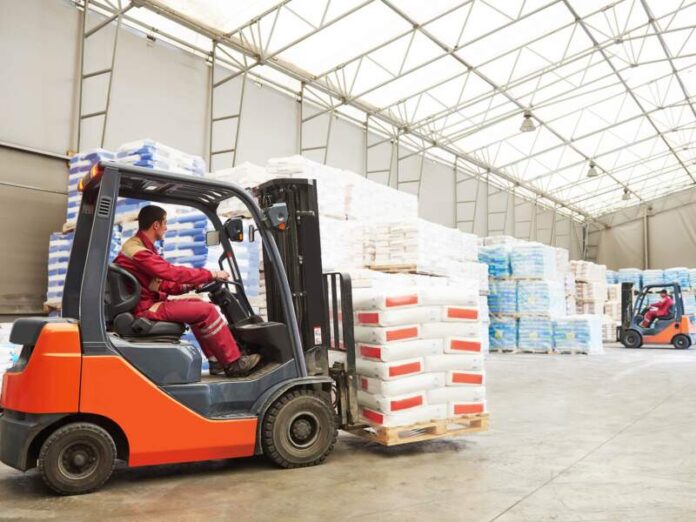Warehouse and large storerooms in companies that manufacture, store, or distribute large quantities of goods, or very heavy goods have a challenge. Moving their inventories around the building for receiving storage, and shipping would take forever if they were carried individually by employees. Instead, they are stacked and secured on pallets. This allows them to be moved by one of the workhorses of the industry, the forklift. These incredibly useful machines come in all kinds of sizes and varieties to move different types of freight in different locations.
Parts of a Forklift
As forklifts are vital to a business and have a tough job, they should always be well-maintained with quality parts such as Intella parts. The most noticeable parts of these machines are the horizontal, flat, metal pieces that extend forward from the front. These are the forks that give the machine its name. They are attached to a lift mechanism that can raise and lower, tilt, and shift them from side to side. Behind this mechanism is the cab, where the operator sits. It has a steering wheel and pedals to drive the forklift as well as several levers. These are connected to the lift mechanism and control it hydraulically.
The motor of a forklift is generally in the back as are the wheels that steer it. This allows an operator to turn the machine in the tight spaces common in warehouses and in the backs of trucks. Most forklifts are either electric, powered by an internal combustion engine that may run on diesel, gasoline, or kerosene. There are also forklift motors that run on natural gas, butane, or propane. There are also internal combustion engines that are modified to run on liquified petroleum gas and forklifts that run on hydrogen fuel cells.
How a Forklift Works
Forklifts are designed to lift and move pallets, flat, simple wooden structures that consist of slats nailed to three sturdy pieces of wood, forming two slots at the bottom. Pallets are very strong and can support the good stacked on them. These goods are usually stored in boxes, crates, or other containers and are secured to the pallet with straps or shrink wrap.
Although most pallets are a standard size, the forks are adjustable to accommodate pallets with a non-standard width. The operator lowers the forks, lines them up with the pallet slots, and then moves the forklift forward, sliding the forks into the slots. The load is then lifted slightly and tilted back to keep it securely on the forks. The operator lifts the load to a height that will not impede the forward view and then drives the load to its destination. Using the forks and skill, the operator can put the load into a truck or other shipping vehicle, into designated floor space, or even up special shelves.
Many businesses require moving around large and heavy loads of goods. To do this quickly, efficiently, and safely, they use forklifts. These machines are operated by skilled employees who are certified in their use. Both the machines and the operators are highly valued.






























































